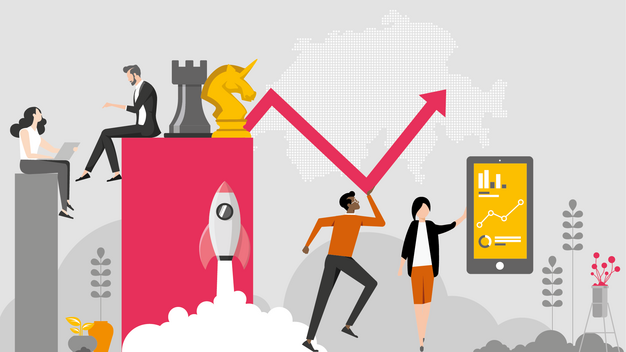What do these changes mean for the labour market and ultimately the education system?
Digitalisation is having a major impact on the education system. Information technologies have been gaining in importance for years now and will be promoted even more in the future. Glibly put, a programming language is the most important language in the world today. If we look at individual areas, such as healthcare, we see that technology is rapidly advancing. It has the power to shape an entire industry and its players. So the question arises as to whether today’s education system is still up to snuff, meaning sufficient to satisfy the job profiles of the future. How many computer science courses does a medical student have to complete in order to practice as a doctor in a high-tech environment? Jack Ma, the founder of Alibaba, puts it differently: “We need to teach our children something unique that machines can never do.” Obviously, the question of uniqueness has to be clarified in advance. Nevertheless, it is indeed worthwhile – especially in Switzerland, where education is perceived as one of our few natural resources – to tackle this issue head-on and invest in it.
New technologies like blockchain, artificial intelligence, robotics, etc., are already finding broad application these days. How can a company identify the opportunities and potential threats and use that insight profitably?
At any company, it’s ultimately the customer who decides what added value is. And it’s a matter of offering it to the customer in a way that’s still consistent with supply and demand. The result: a profit, but one which shouldn’t just be of a financial nature. Pathbreaking technologies increase the pressure on companies to gain an advantage in the market by means of newly gathered information about customers and their proclivities, as well as through the use of blockchain, artificial intelligence, robotics, etc. This entire exercise is usually still based on a reactive approach and requires a lot of sweat equity and cold, hard capital. However, courage, visionary inspiration and speed often represent the fine line between success and failure. Accordingly, a company has to muscle up so it can make quick decisions while keeping an ever-watchful eye on its core competencies. The investments in new technologies necessary to achieve and maintain market leadership can hardly be bankrolled by one company alone. Moreover, the essential technological skills often can only be found outside the core business. So it follows that strategic partnerships have become critical to success – they enable companies to achieve an overall, and above all exponential, increase in added value for their customers. A large number of companies can only assert themselves against giant global platforms like Amazon and Tencent by joining forces and contributing their comparative strengths, at least regionally or in certain segments.

![[Translate to English:] Peter Kasahara](/fileadmin/user_upload/redakteure/bilder/ceo-magazine/2018-juni/peter-kasahara-portrait.jpg)



